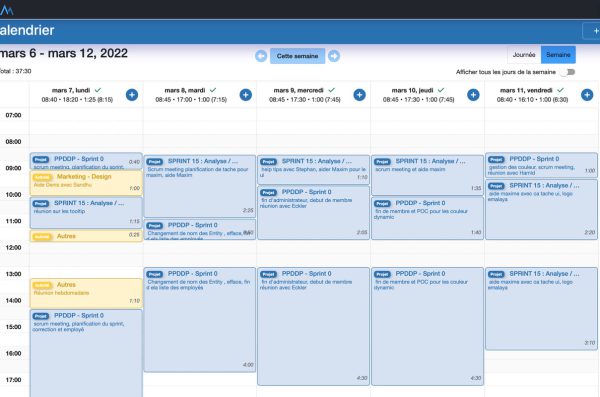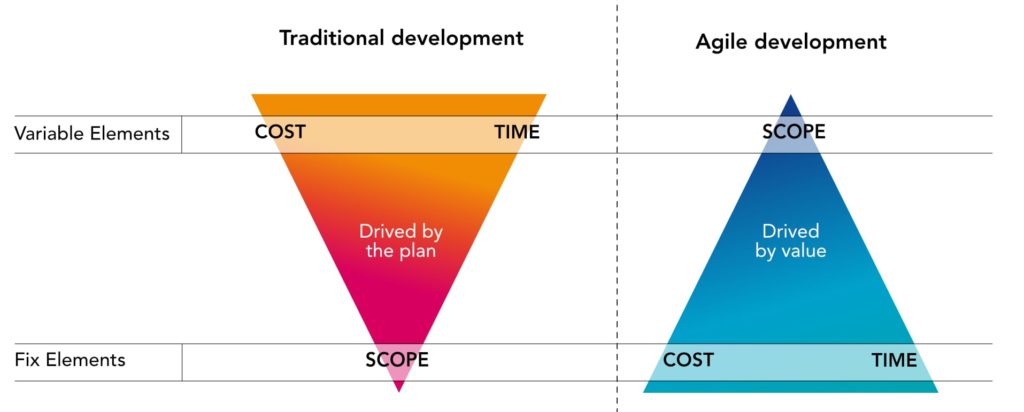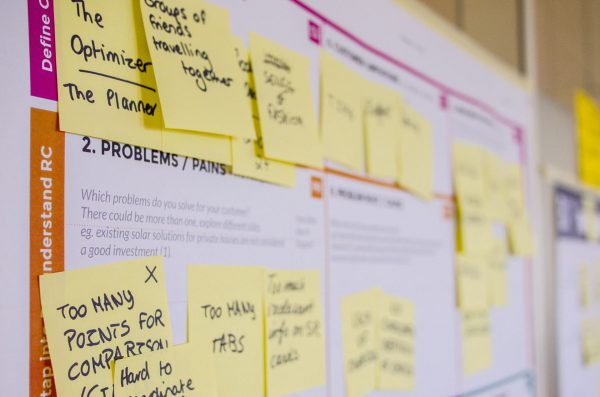Software suites, a panacea for rapid IT development!
Are software suites a panacea for rapid IT development or not? In other words, should you continue with custom development using a pure programming language such as C# and Java or move into “Power” mode as Microsoft suggests with its Power BI & Power Apps suite of development tools, and similarly Salesforce with Appex? These business solutions are sometimes made of a set of softwares, or they were born by the development of a new custom application that has grown rapidly followed by a sprawling development such as Salesforce which today covers all business needs surrounding CRM, and more, if you consider MuleSoft. These software solutions are powerful, and they claim to greatly accelerate the software development process!
At Analystik, we have always considered it a best business practice to put your Business Intelligence into your own proprietary code; and thus, remain independent from any external control over this precious commodity. More than a development model or a working method, it is our business philosophy!





















Lastest Comments